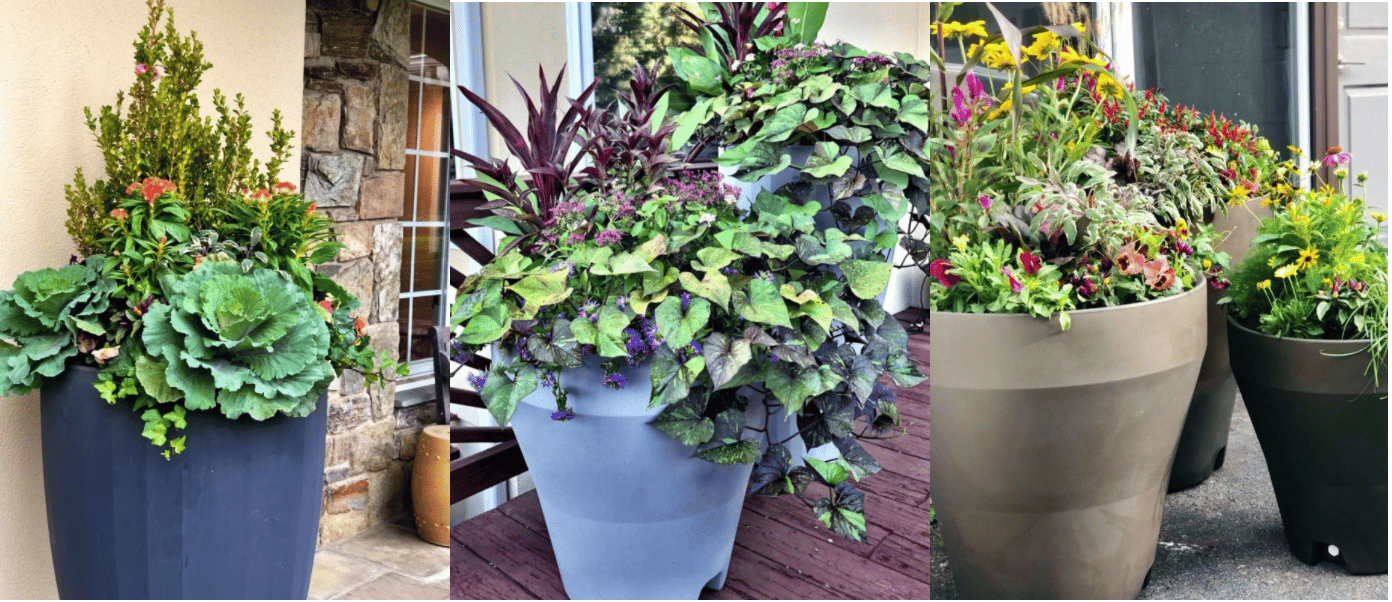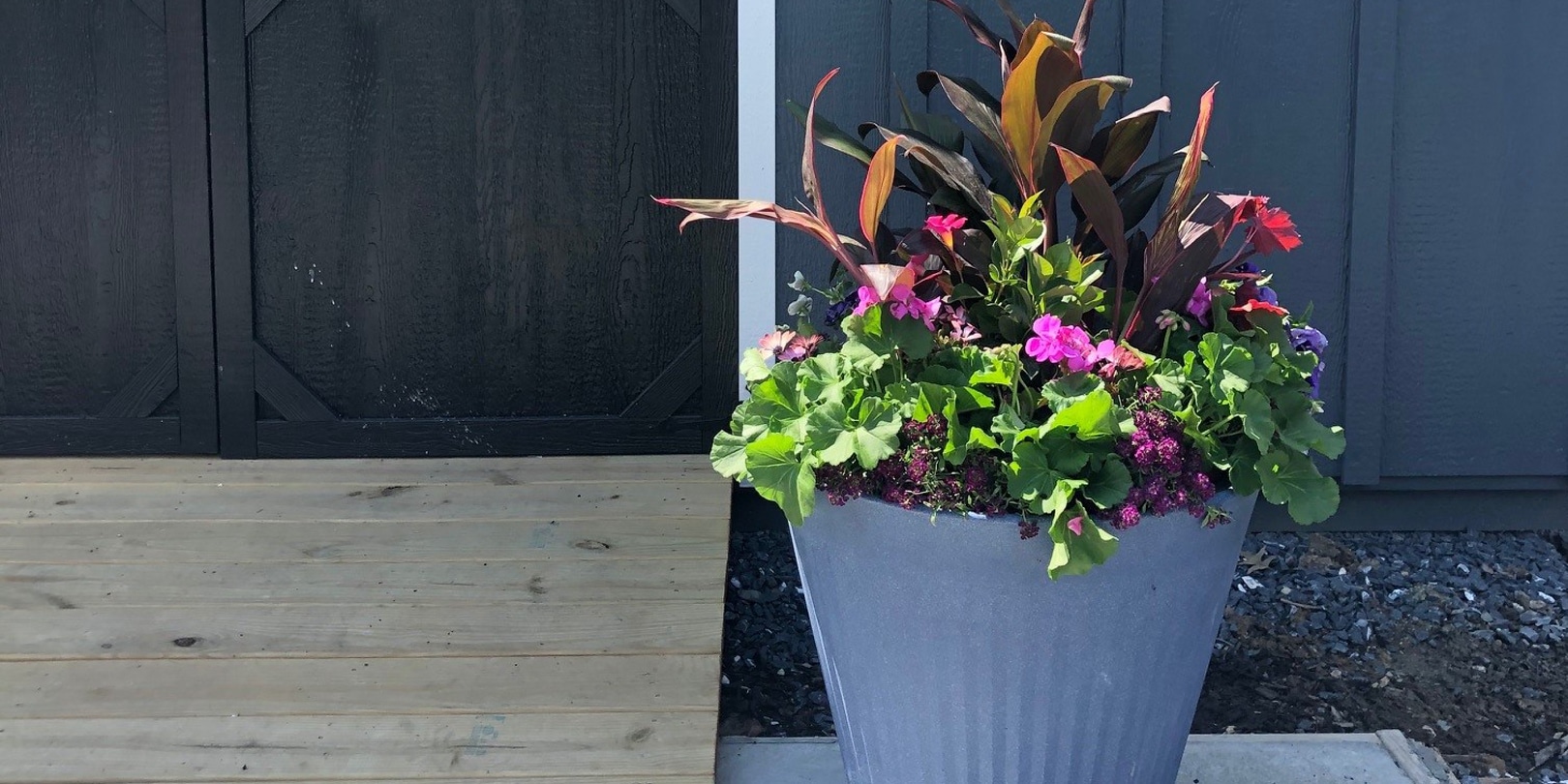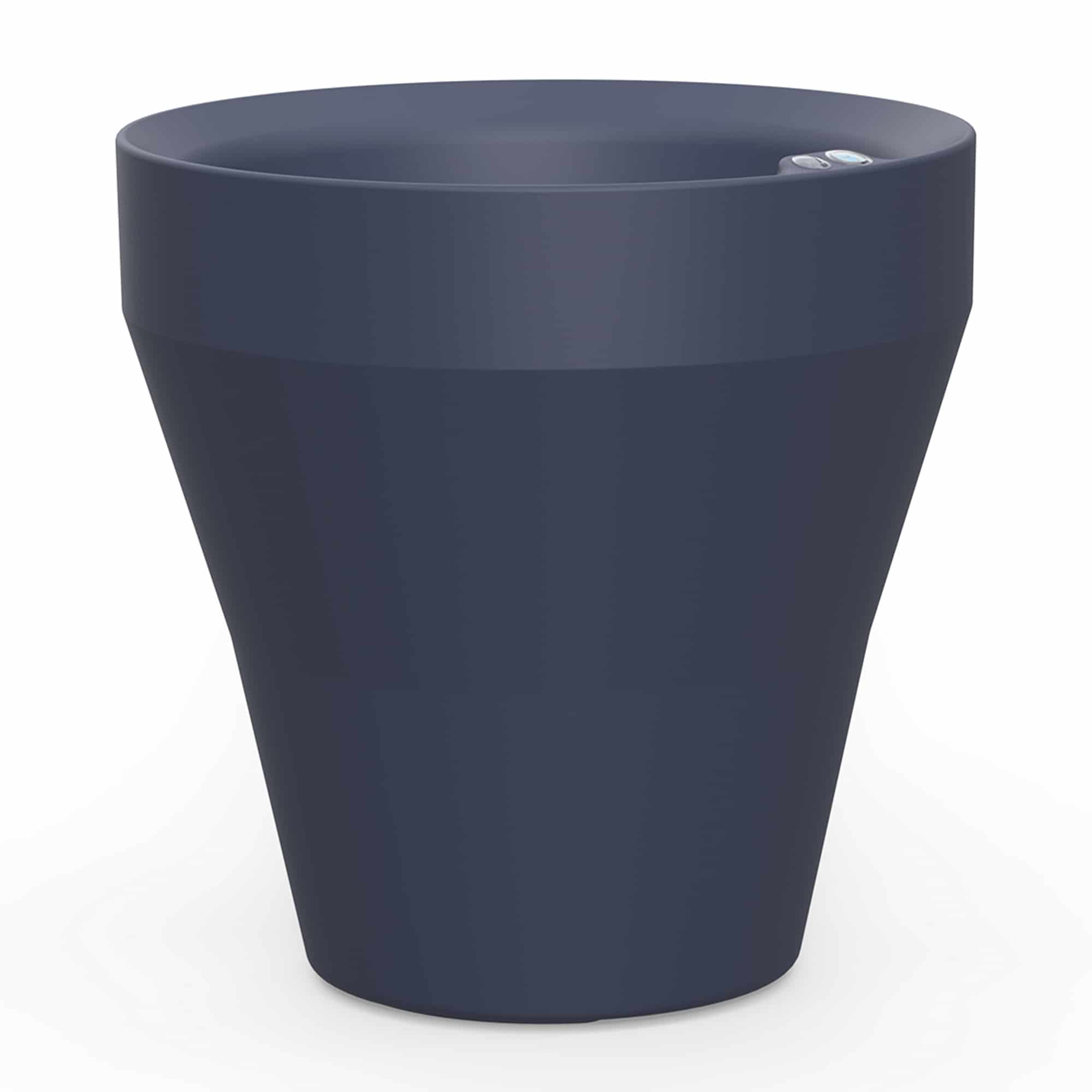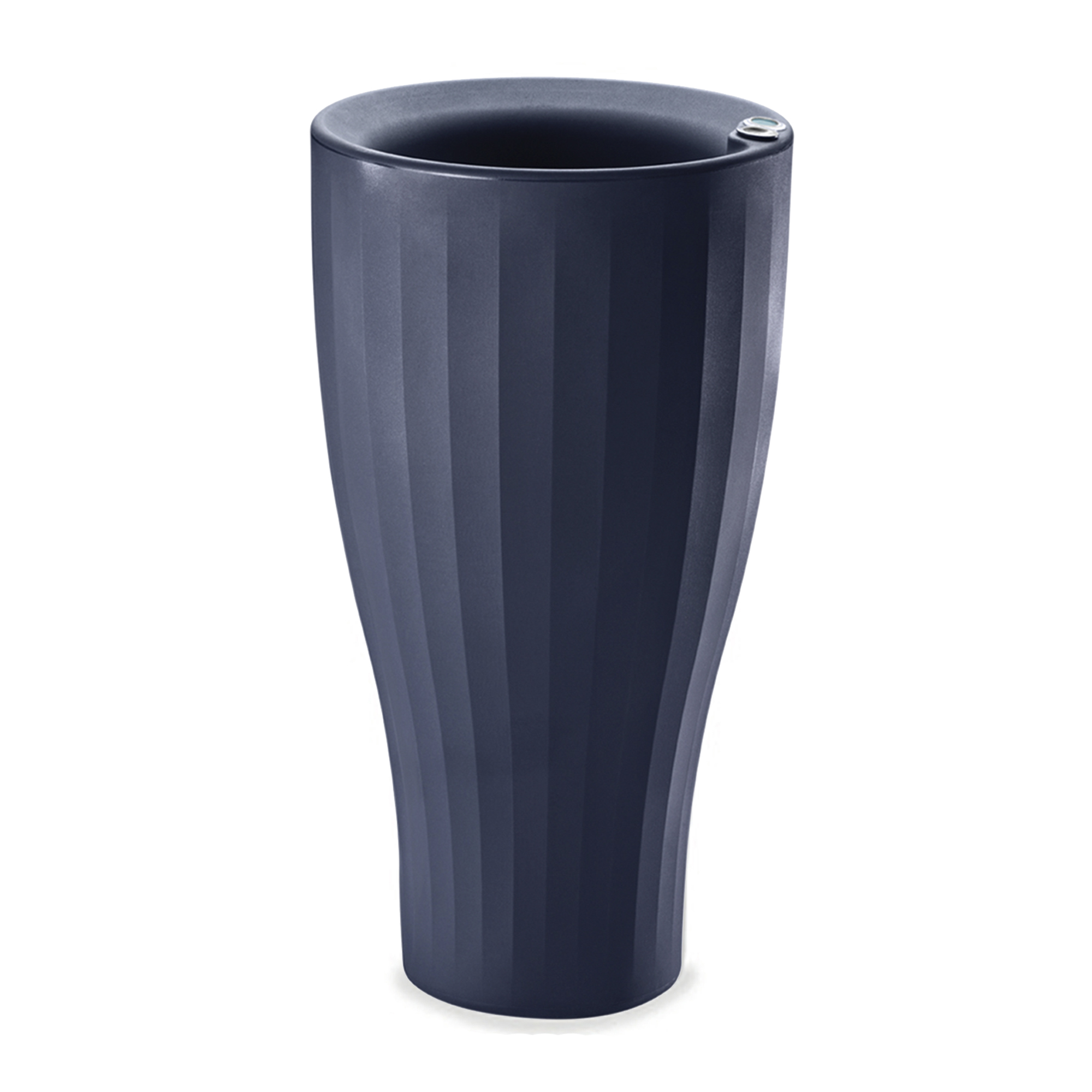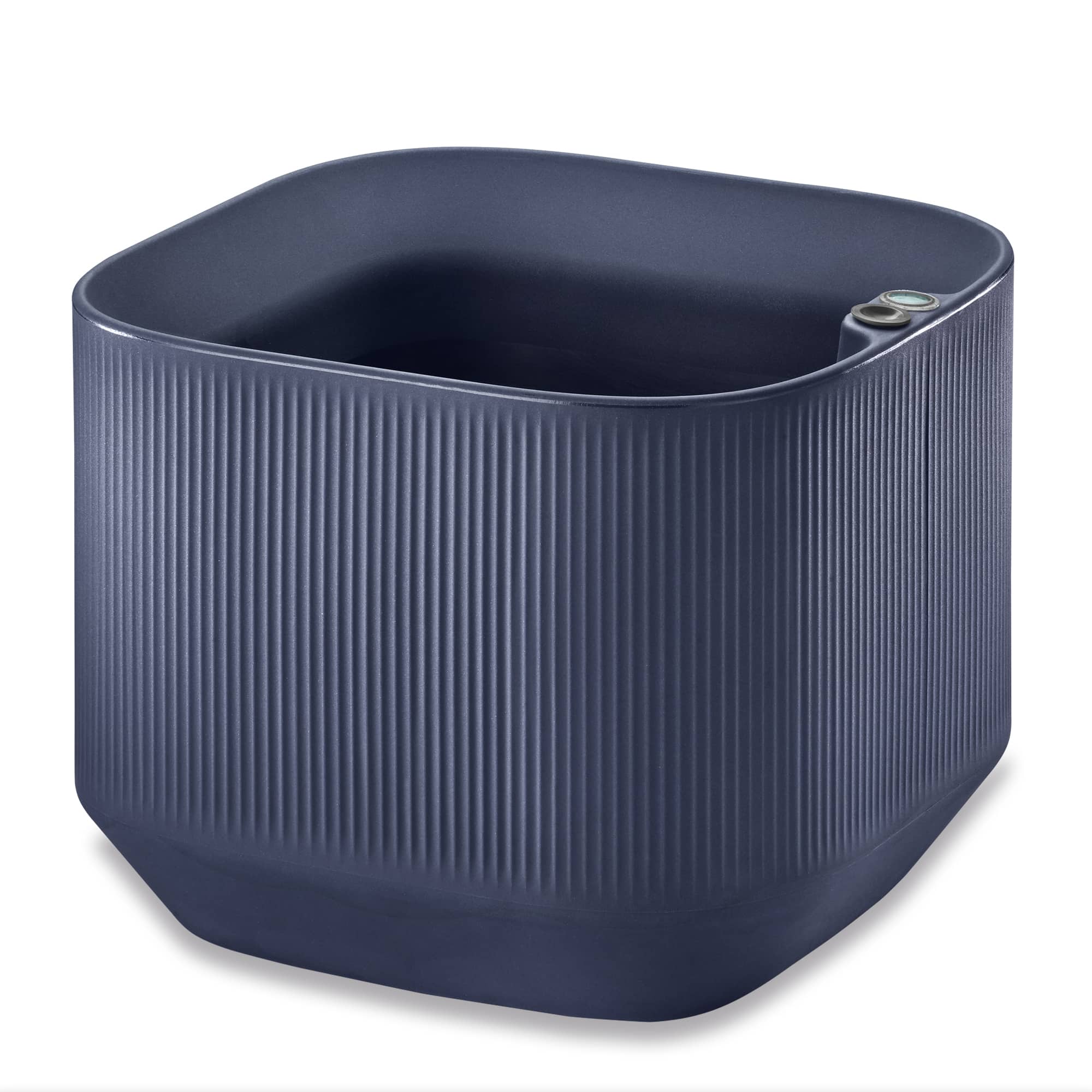Green is trending this spring with its nod to nature and more natural elements are making their way into our indoor designs. Throughout this cold winter, and keeping socially distant, we are craving the outdoors and for many, our design choices are reflecting this desire.
And while it seems that Spring will never arrive, we know that soon the days will lengthen and we will migrate back outdoors. Clients will call and everyone will want a garden paradise no matter the size of their outdoor space.
So, how do I meet the immediate need for nature while minimizing maintenance for my clients who are busy with lives, jobs and families? I try to make things beautiful and manageable by selecting plants that play well together and garden planters that help them thrive.
Through the years, I have learned a lot about how plants live and grow in planters, how to welcome the pollinators, which containers dry out faster, when blooms will begin to fade and how to bring beauty to these tiny gardens throughout the year.
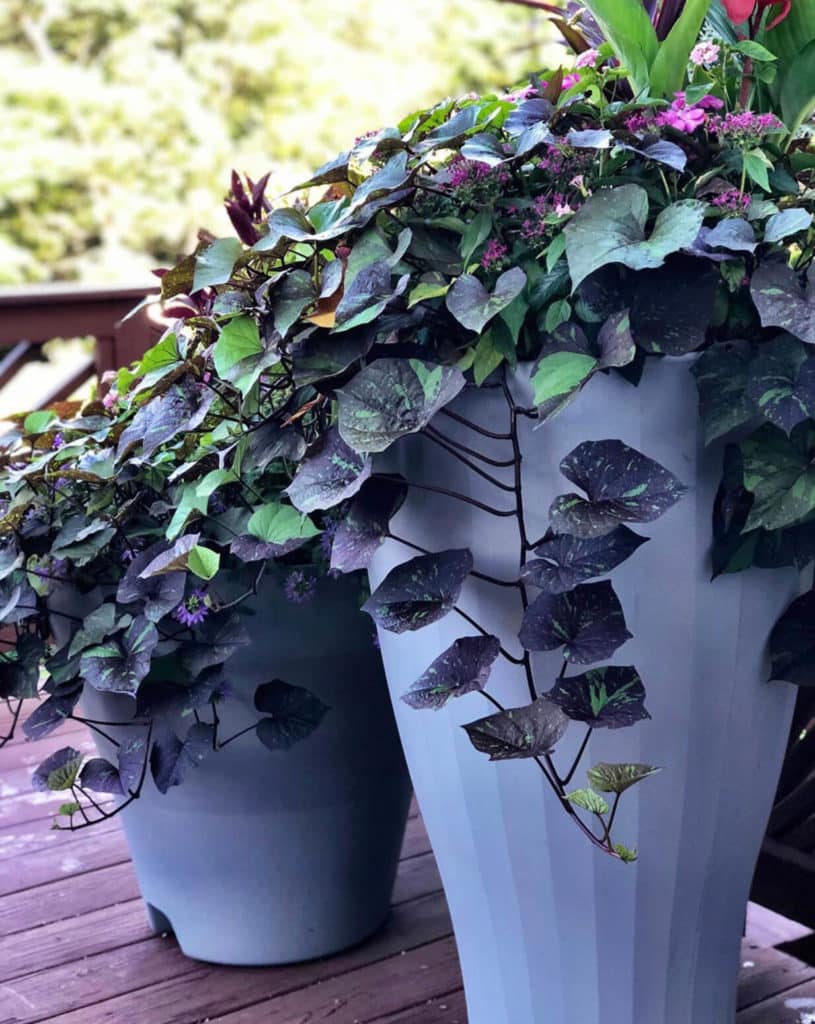
So why container gardens instead of gardens in the ground? I am not very patient – I want to see a garden look gorgeous on day one and only become more perfect. I want everyone to benefit from nature, whether they live on a 10 acres property or an apartment with a tiny balcony. Container gardens are accessible to everyone.
More and more of my clients have sold off their properties and moved to the city – they may have left behind their gardens but not their love of them. Urban gardens have increased with popularity and easily accessible private green spaces are essential for urbanites who crave a garden oasis in the city.
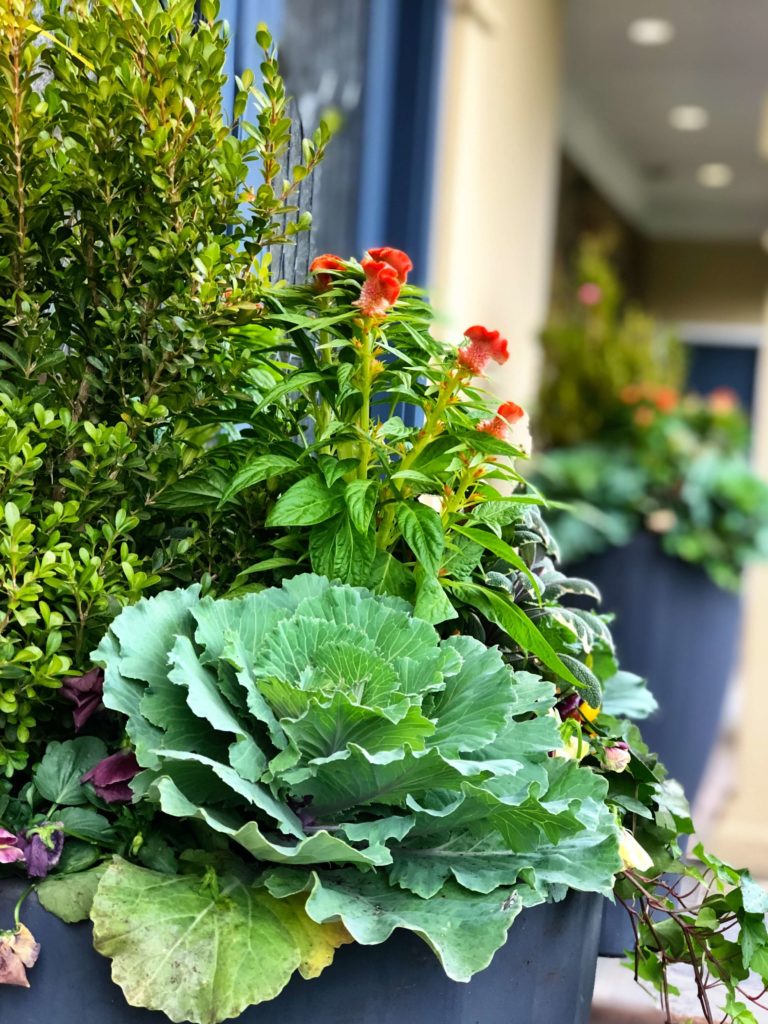
Smaller spaces – such as rooftop and terrace gardens – are often the answer for city dwellers but they have their own challenges. Choices have to be made – prioritizing one style of planting over another, trading precious seating space for garden space, creating privacy or preserving views. Watering can be a challenge with many balconies built without access to water or drainage. Weight limits determine quantity and material of planters. But to me, the benefits outweigh the challenges.
I spend my days helping clients create livable outdoor rooms, beautifying previously underused outdoor space, cultivating privacy as well as selecting the most beautiful and successful plants. These outdoor rooms become a sanctuary, a place of beauty and relaxation. So creating a garden that requires constant attention defeats the purpose of low-maintenance living.
Therefore, I look for ways to minimize maintenance, making access to irrigation and drainage essential. Selecting self-watering planters and filling them with plants that thrive in a rooftop habitat will help reduce a client’s responsibilities in the space. The technology of these planters has advanced and self-watering features enable clients, often retired, to travel without worrying about watering.
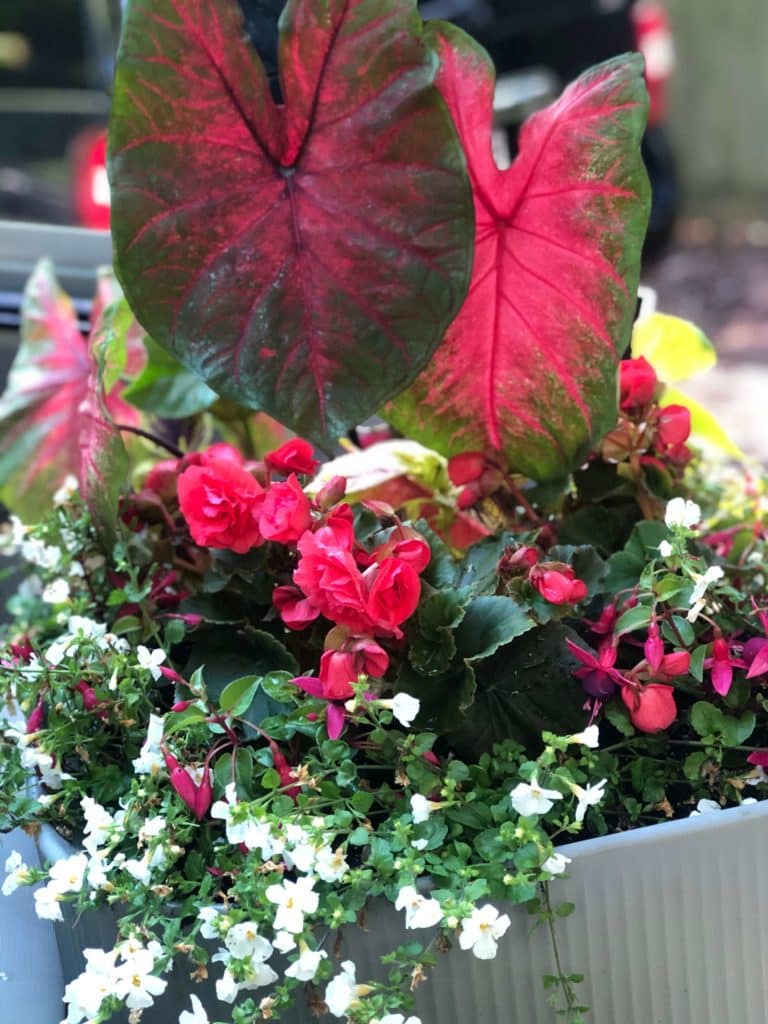
Even in small spaces, our outdoor rooms should reflect our design aesthetic on the inside with a seamless transition created between indoor and outdoor spaces. Curating a beautiful outdoor space requires creativity – adding soft lighting with string lights and lanterns, adding warmth with heaters or fire pits, incorporating water elements, and designing well-scaled living rooms with comfortable furniture, soft textiles & rugs, umbrellas or shades that offer sun protection. Whether on the ground or on top of a building, I love helping clients create intimate and cozy spaces that are infused with their personalities and aesthetic.
